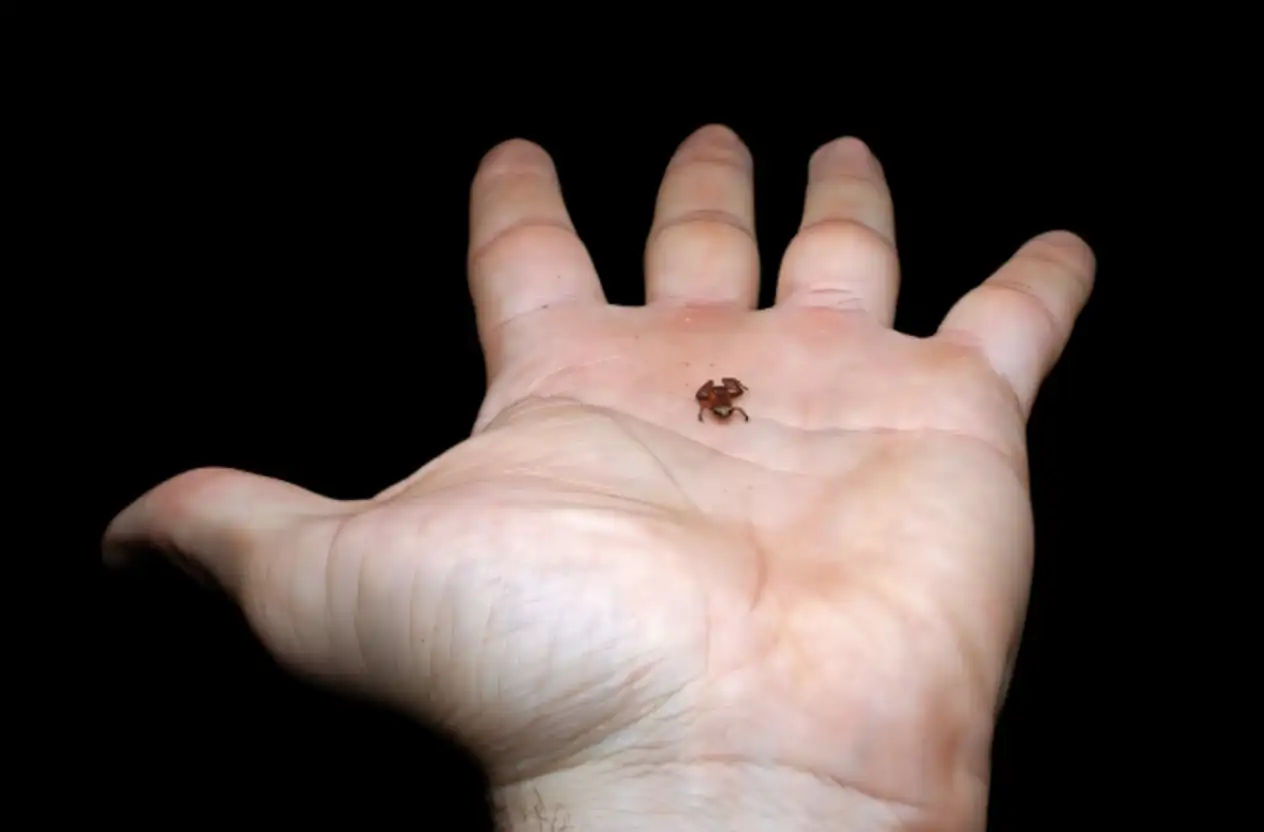They’re the second-smallest vertebrates in the world 😱
At first glance, the picture below seems like it’s of a spider or perhaps a small insect.
But if you look closer, it becomes clear that the animal in this picture is not a bug, but rather a tiny frog:
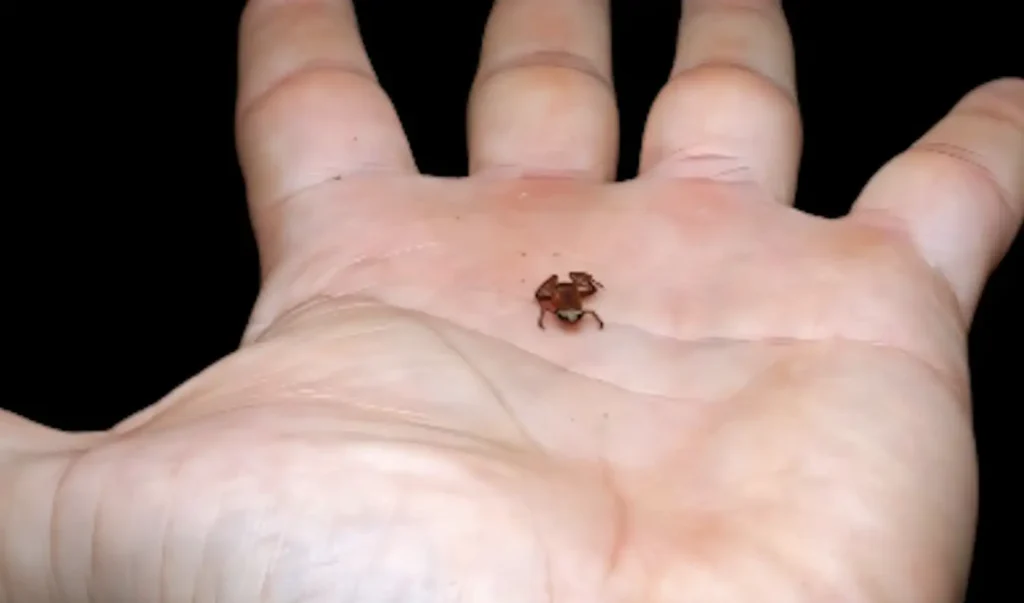
A team of scientists recently conducted research in Brazil’s Atlantic Forest when they were startled by a high-pitched chirping sound. Upon investigation, they discovered the source was an incredibly tiny frog.
The frog turned out to be a previously unknown species, which the scientists named Brachycephalus dacnis. This species is part of a group of minuscule frogs called “flea toadlets,” which are native to the Atlantic Forest. At just 7 millimeters in length, B. dacnis is one of the smallest vertebrates on Earth — second only to another species of flea toadlet that’s slightly smaller.
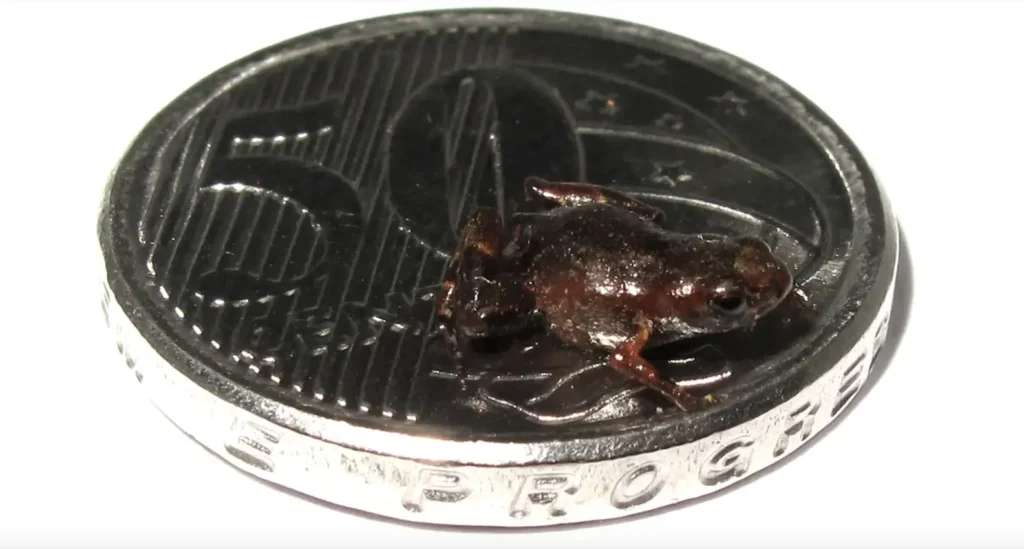
Despite its size, B. dacnis shares a similar skeletal structure to common frogs. While most flea toadlets have few bones in their heads, the head of B. dacnis is almost identical to that of a typical frog, presenting an intriguing puzzle for scientists to study miniature skeletal systems and their limits.
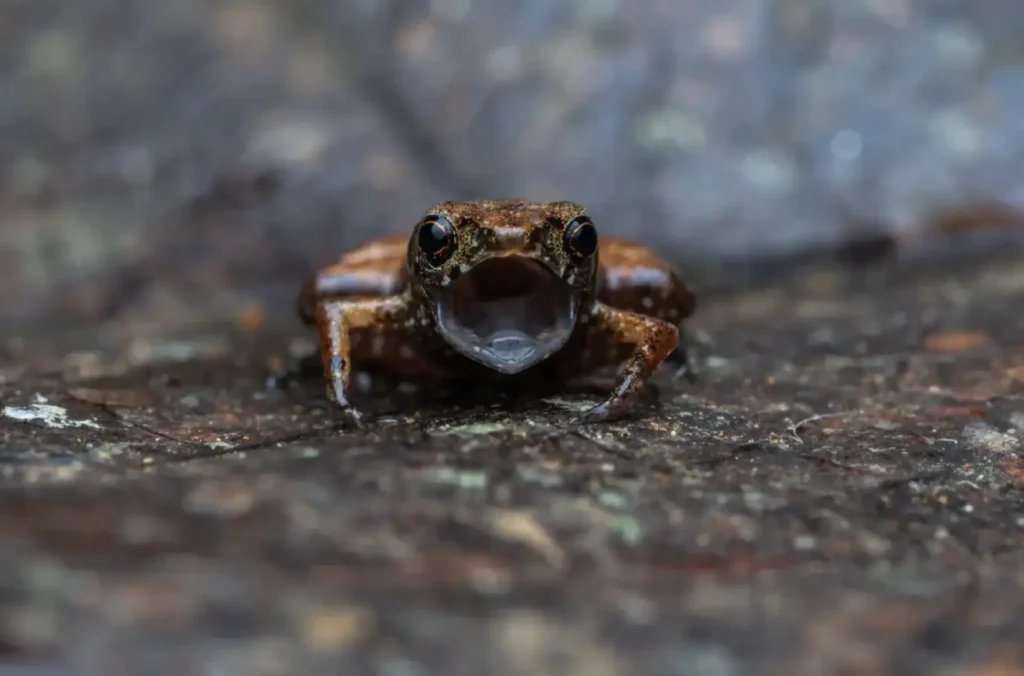
“The limits of life size on Earth” are being explored with this discovery, said scientist Luís Felipe Toledo, one of the researchers involved.
While it might seem that such a small size would hinder survival in a large forest, the tiny frogs’ small stature actually gives them an edge. They are able to occupy mini habitats and capture prey that would be inaccessible to larger frogs. Flea toadlets are also remarkable jumpers, leaping up to 30 times their body length, a behavior that aids in both hunting and evading predators like ants.
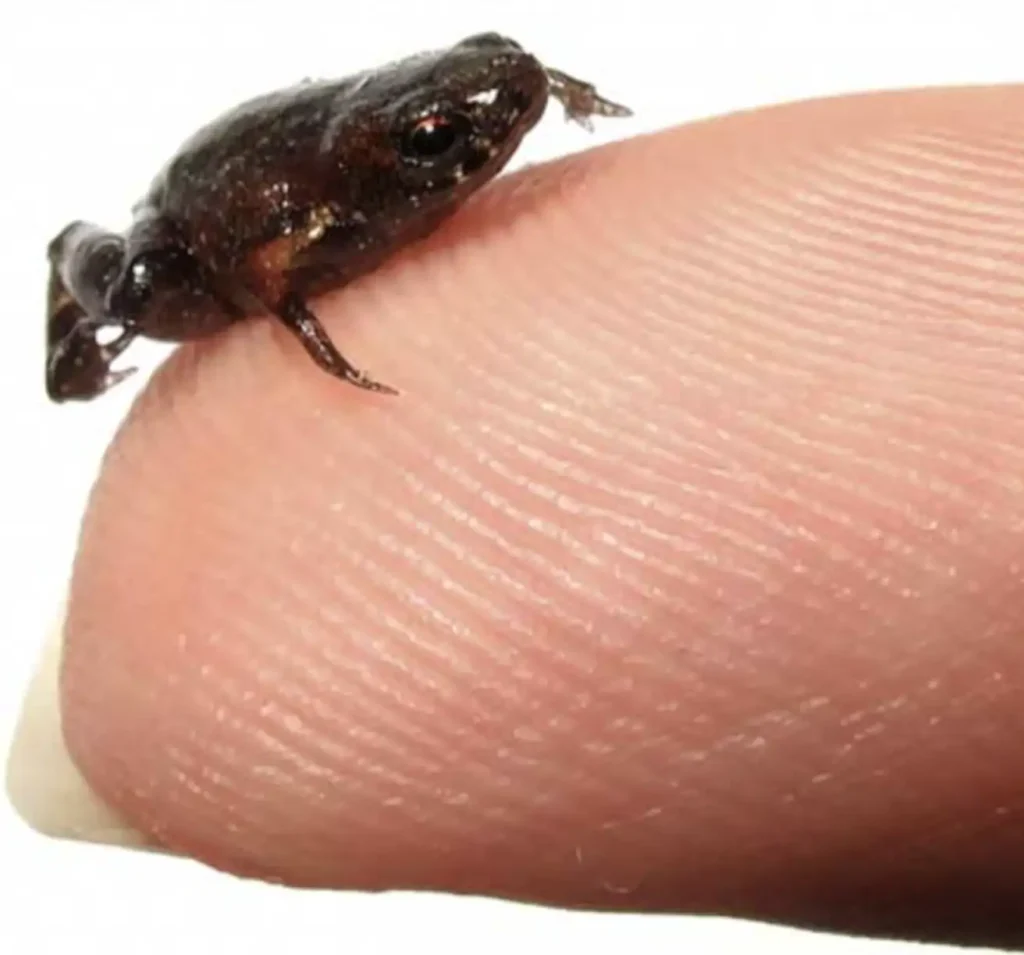
The discovery of Brachycephalus dacnis is not just a fascinating scientific achievement but also a reminder of the critical need to protect biodiversity hotspots like the Atlantic Forest. The researchers believe there may be even smaller, as-yet-undiscovered species hiding in this rich ecosystem.
“The diversity of these miniature frogs may be far greater than we think,” Toledo wrote in a scientific paper published in PeerJ.
